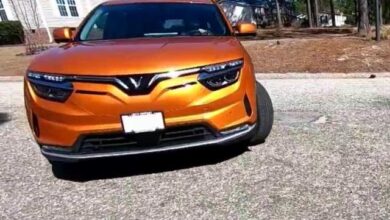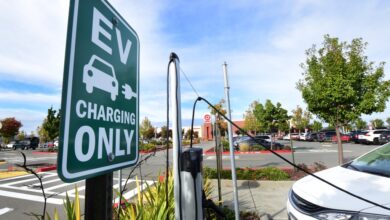RCMP warns push to switch to electric vehicles faces ‘significant challenges’
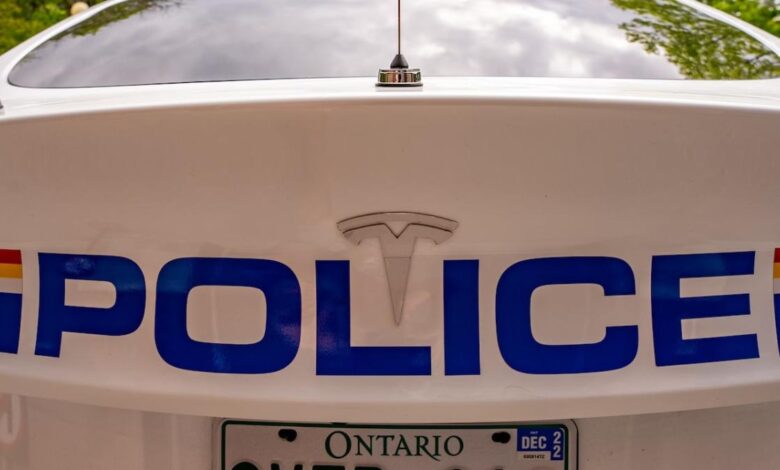
Can the RCMP turn North America’s largest law enforcement vehicle fleet green? They’re about to find out.
As Canada’s national police service, the RCMP falls under Ottawa’s Greening Government Strategy — a commitment to lower the environmental footprint of the federal government and get it to net‑zero emissions by 2050.
The strategy calls on the RCMP to replace as many of their approximately 12,000 cars and trucks with zero-emission vehicles as operationally possible by 2035.
But those tasked with meeting that goal are predicting speed bumps along the way.
“We do fully anticipate that there are significant challenges with electric vehicle range for a lot of our units,” said Sgt. Shaun Vickery, who works in the RCMP’s national traffic programs and operational technologies unit.
“We don’t want to put them into a situation where they will fail and put a member at risk or the public at risk because a piece of equipment didn’t do what it was supposed to do.”

All electric vehicles the RCMP tests going forward will display this decal. (Mathieu Theriault/CBC)
The RCMP is starting small by field-testing two Teslas. One is based with the traffic unit in British Columbia’s West Shore detachment and the other helps patrol the grounds of Rideau Hall in Ottawa.
Neither car has to roam too far from a charging station, but range is a major concern for Vickery as the program expands.
As the boots-on-the-ground police in eight provinces, all three territories and 150 municipalities, the RCMP covers vast portions of the country — including many remote and rural areas with limited charging infrastructure and strained power grids.
“I think it poses significant challenges to our organization in terms of operations and being able to respond,” said Vickery.
“I do think that there are a lot of locations where we can fit these vehicles into operations and they will do quite well. However, when you head out into the Prairies and … the northern part of Canada … we cover a lot of ground and our detachment area is quite large.”
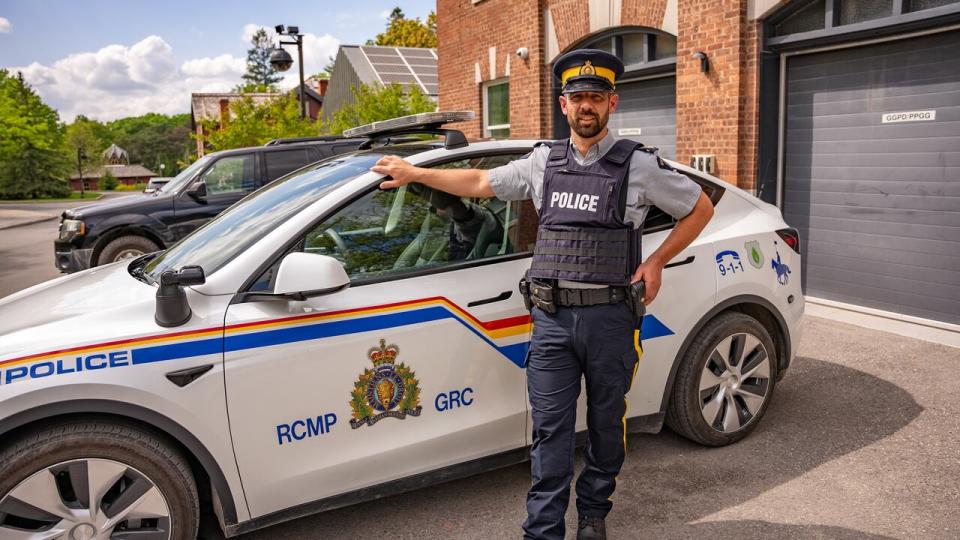

Sgt. Shaun Vickery stands in front of one of the RCMP’s Teslas. (Mathieu Theriault/CBC)
The early field testing is also assessing how electric vehicles can handle a police officer behind the wheel.
“Responding to a call may require driving at a higher speed, which is going to consume more battery and decrease your range,” said Vickery.
And while the two Teslas — with their panoramic glass sunroofs — are popular with some of the Mounties testing them out, Vickery said they likely won’t be used in general duty.
“It’s probably not [for] widespread [general duty] usage where we’re going to be putting prisoners and such in the back because the glass roof and stuff like that does pose a bit of a challenge,” he said.
Too early to talk gas savings
Outfitting the vehicles with policing equipment has also turned out to be a challenge.
Andres Casimiri, manager of the Mounties’ national fleet program, said the force basically had to gut the inside of the Teslas to make them into usable police cars.
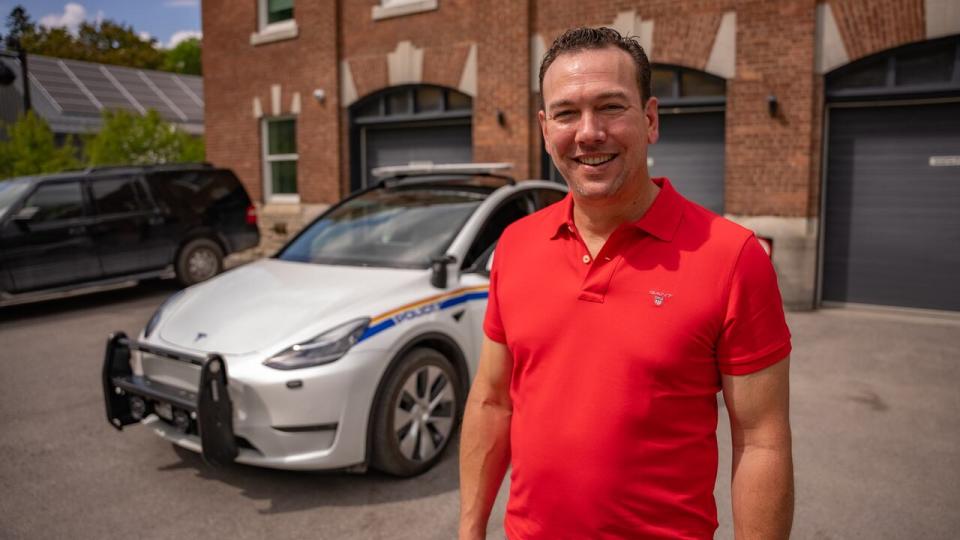

Andres Casimiri, manager of the RCMP’s national fleet program, says rolling out EVs will be ‘quite a challenge.’ (Mathieu Theriault/CBC)
“When we’re talking about policing, that’s a whole other scope of work. It’s not just taking a retail [car] and putting it all on the road,” he said.
“You basically have to tear the interior of the car apart so that you can run the wiring. You’re talking the lights, siren, light controller, the light bar, the radio.”
Casimiri said it’s still too early in the EV field testing phase to get a sense of how much the RCMP could save on gas. He said they’ll have more data as the field testing ramps up.
Casimiri said he hopes to start testing over the next year dozens of Ford F150 Lightnings and Chevrolet Blazers, a purpose-built EV police vehicle.
“It depends how the industry reacts, depends on how well the vehicles perform,” Casimiri said.
“With the RCMP, we want to see what’s in the realm of possible and we want to be ahead of the curve, knowing that this is likely going to be … more prevalent as the years go on.”
But both Casimiri and Vickery said a completely electric fleet, covering northern and remote areas, is still a distant goal — and protecting officers and the public remains the paramount concern.
“Obviously we can’t at this time, given what technology is … replace all of our vehicles with EVs. They just don’t have the ability to do what we do,” Vickery said.
“But I think that we’re trying hard to figure out where they fit in the fleet and fit them in accordingly.”
A spokesperson for the Treasury Board of Canada, which is implementing the government’s greening strategy, said the department will work with the RCMP “where necessary” if an all-electric fleet is not feasible.
